Get In Touch
hello@untangld.co
Get In Touch
hello@untangld.co
Follow
|
LinkedIn

We use cookies to make sure you have the best experience on our website. Fear not, we don’t sell your data to third parties.

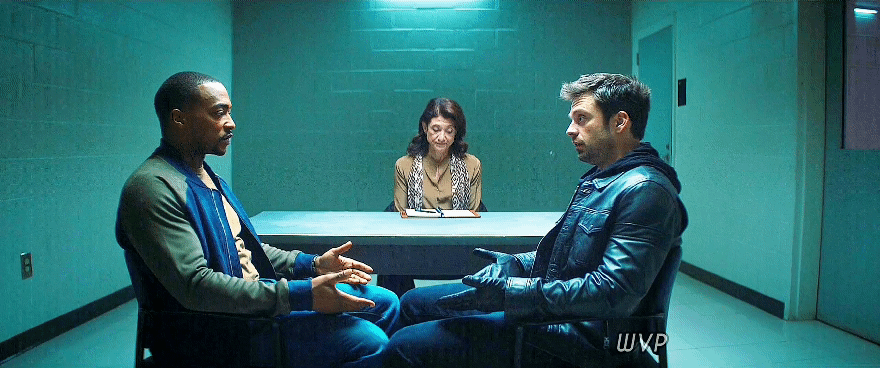

I used to hate running workshops. Whether it’s for brands, innovation or just working out a value proposition.
I used to think that it was too many hours spent with too many people getting to a solution that was more about a decision by committee rather than the “best” solution.
It had always felt like a quick and dirty way to get to an answer everybody doesn’t hate.
Then I realised I was expecting the wrong thing from the workshops. And that meant I probably wasn’t running them as well as I could.
Workshops aren’t designed to get you the answer, although sometimes they might.
And they’re not about taking people on a journey, so it’s easier to sell the idea you already have cooked up. Although the appeal of that is hard to ignore.
No.
Workshops are therapy. More specifically, workshops are therapy for your business problems.
Therapy is a way of gaining insight into what makes us tick.* Unlocking our hidden motivations, biases, and desires. Therapy helps us functions better. It helps us achieve what we want, or at least not self-sabotage**.
If we treat workshops the same way, everything changes.
Use the workshop to understand the ambitions of the team.
Use the workshop to identify biases and hang-ups that will derail the work.
Use the workshop to tap into the hidden insights the team has taken for granted.
Here are a few of my better workshop tips and exercises.
And remember, like therapy, you’ll probably feel worse before you feel better.
Groupthink is a phenomenon that occurs when the desire for group consensus overrides people’s common-sense. Which leads to no one discussing alternatives or express an unpopular opinion. It makes the room feel good but leads to crap ideas.
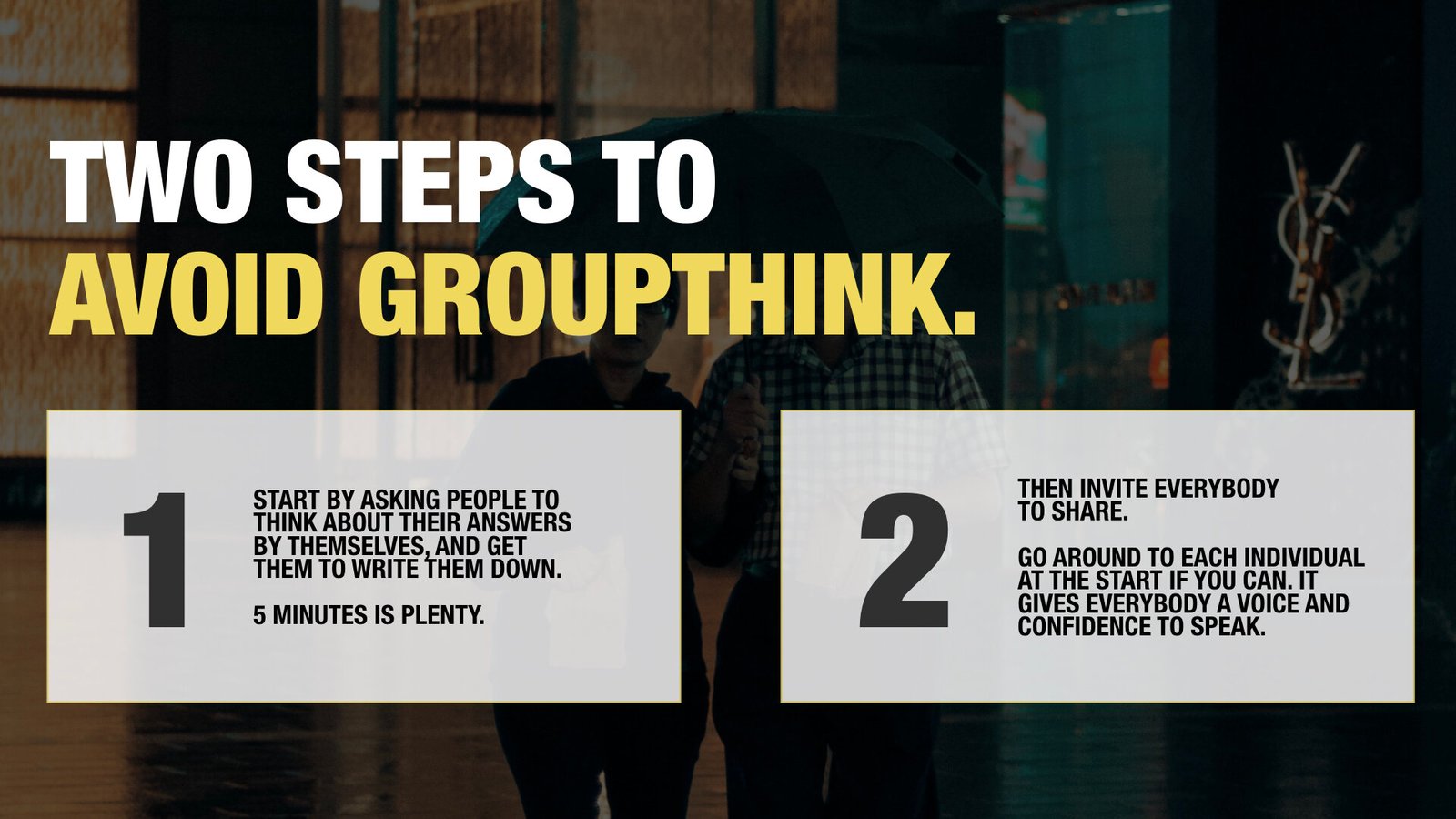
When you’re discussing the outputs, group and cluster the output around key themes, outliers and priorities.
The ugly truth is you don’t necessarily have to be good at something to succeed. Instead, you just have to want to succeed bad enough to make it. So when trying to inspire action and effort, it’s more important to understand the ambition than just the objectives.
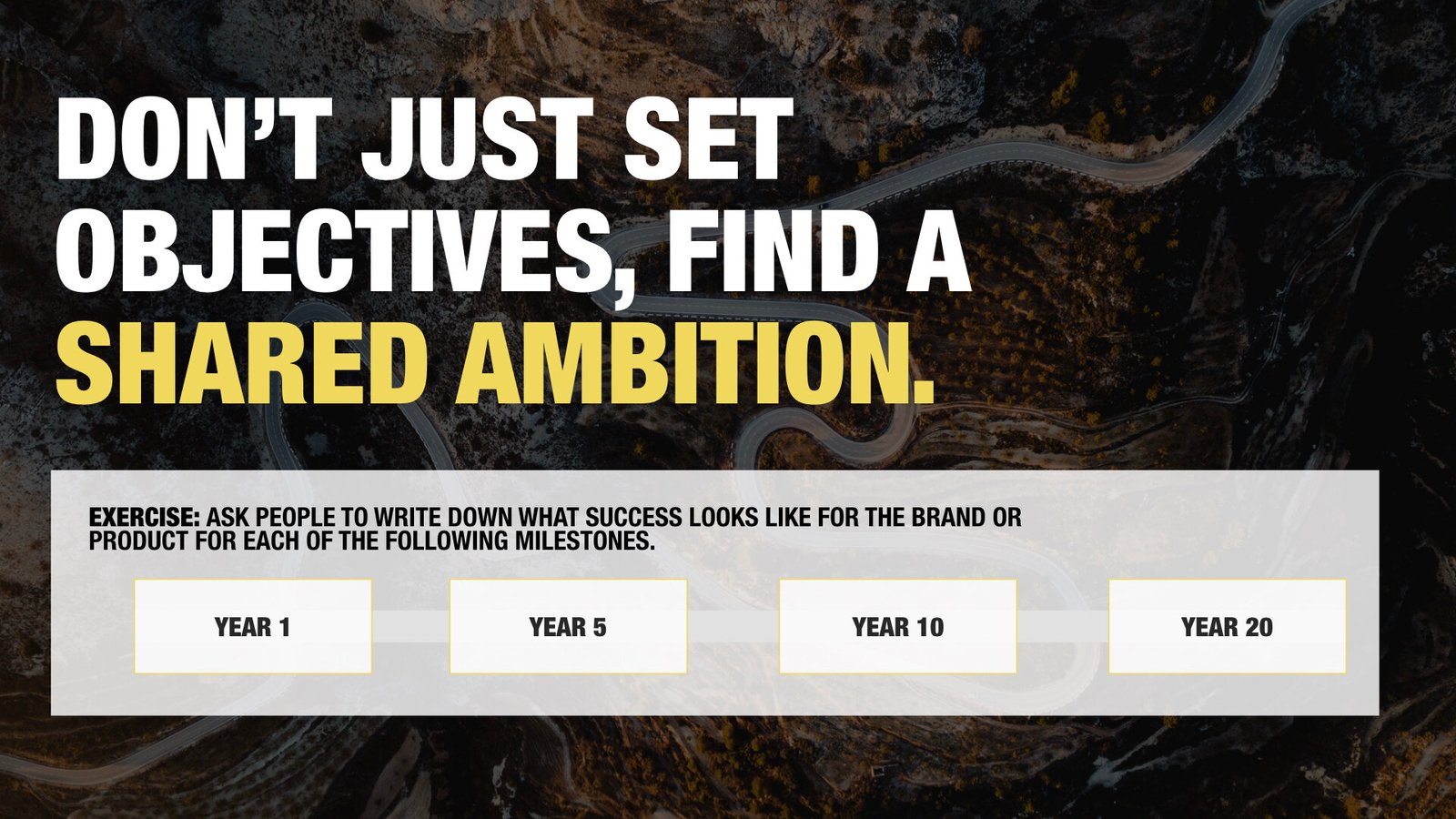
This is less about the actual milestones but more about understanding the rational and emotional ambitions. Is this about fame or fortune? Local dominance or global expansion? Are people more driven by internal values and drivers or how the world perceives them? All these factors help unearth the motivations and aspirations of the key stakeholders and help define what the good solution looks like.
“If I had an hour to solve a problem I’d spend 55 minutes thinking about the problem and 5 minutes thinking about solutions.”―Albert Einstein, Theoretical Physicist***
Spending time on understanding the problem can be depressing. It forces us to focus on the barriers and weaknesses of both our business and capabilities. This is the therapy part.
Good News, Bad News is a great exercise in exploring the problem with a side of optimism.
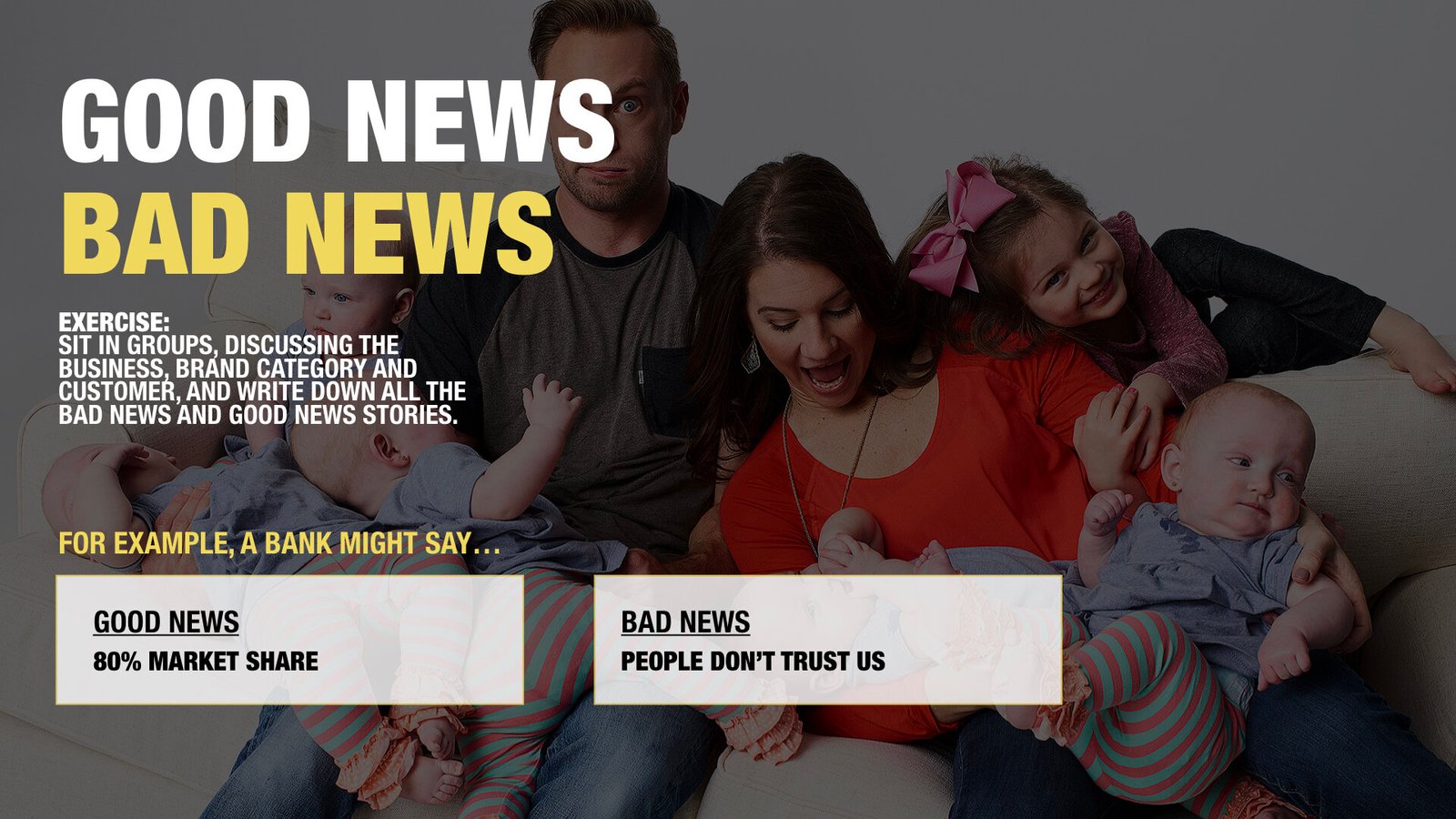
This is a two-parter.
Every strategy is built on a simple idea of trajectory. Where are you today and where do you want to be, and how the hell do you get there in light of what stands in your way.
This is as simple as writing out what we are today and what we want to be tomorrow.
The secret is not to have too many of these shifts, but a few inspirational and insightful ones.
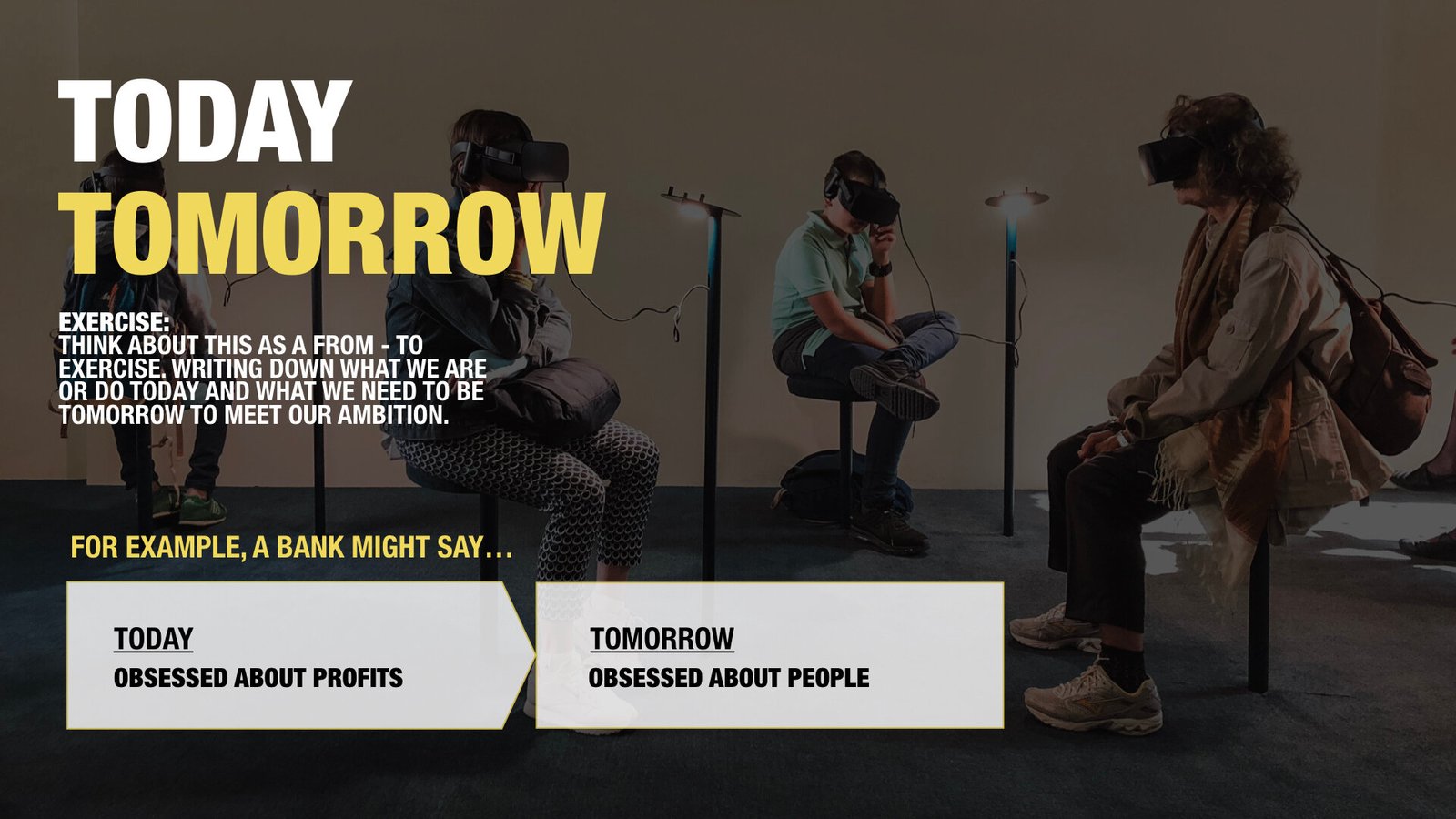
It’s important to prepare for the worst. You’ve heard of a post-mortem, an autopsy to understand why something died. A Pre-Mortem tries to get us ahead of the pain. An exploration of what could go wrong and how we avoid it.
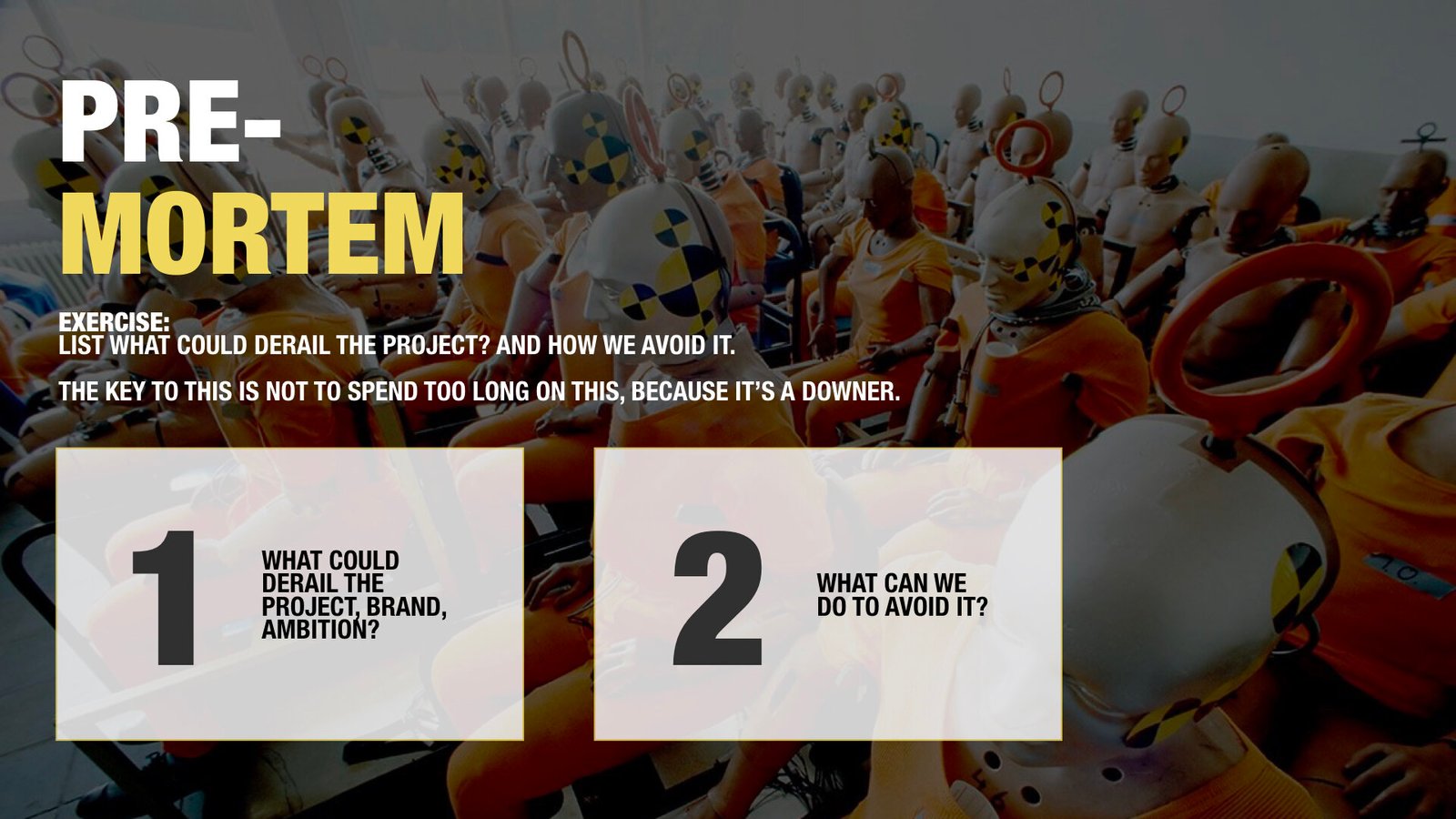
This is by no means an exhaustive list of workshop exercises. But in the spirit of thinking about workshops as therapy, these exercises help unearth the hidden desires, hang-ups and motivations necessary for finding the best answer to your problem.
This has become a mantra I stole from Grey London which I start every workshop with. It’s a nice truism that weeds out the egos in the room.
And if you do it right, everyone comes out of the room feeling lighter and if you’re lucky, you might even understand those dreams you’re having about the Panda drinking coffee (true dream).
___________________________________________________
*This is not the most scientific description of therapy.
**Most of my knowledge about therapy has come from the Sopranos.
***Sure, everyone knows Albert. But it’s interesting to understand his “title”. What theoretical physicists do is to try to figure out how Nature works. That is, why the stars shine, why water is fluid and the sky is blue, what you are made of and why does “it” weigh that much, why the universe expands, or what energy and matter are.
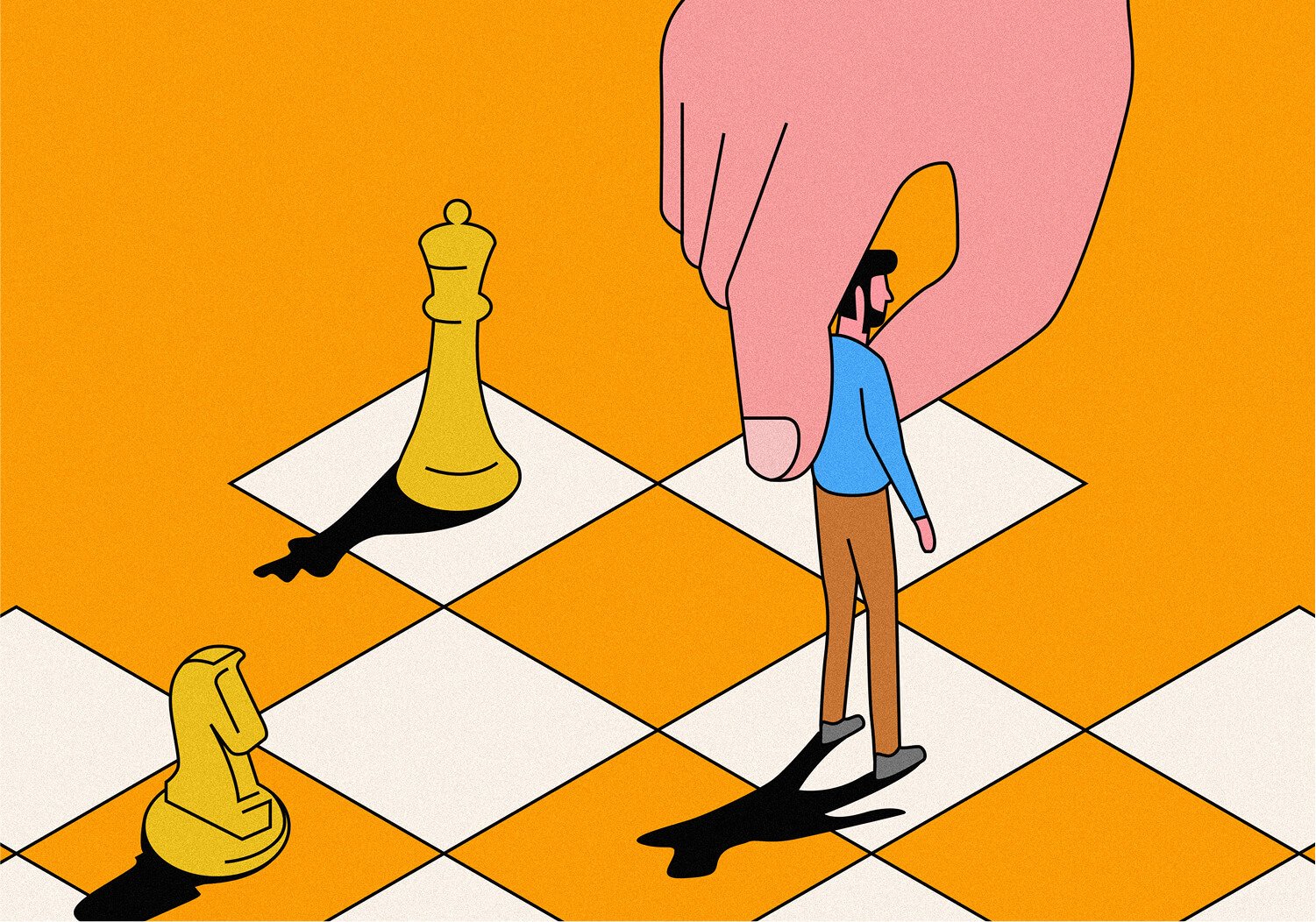
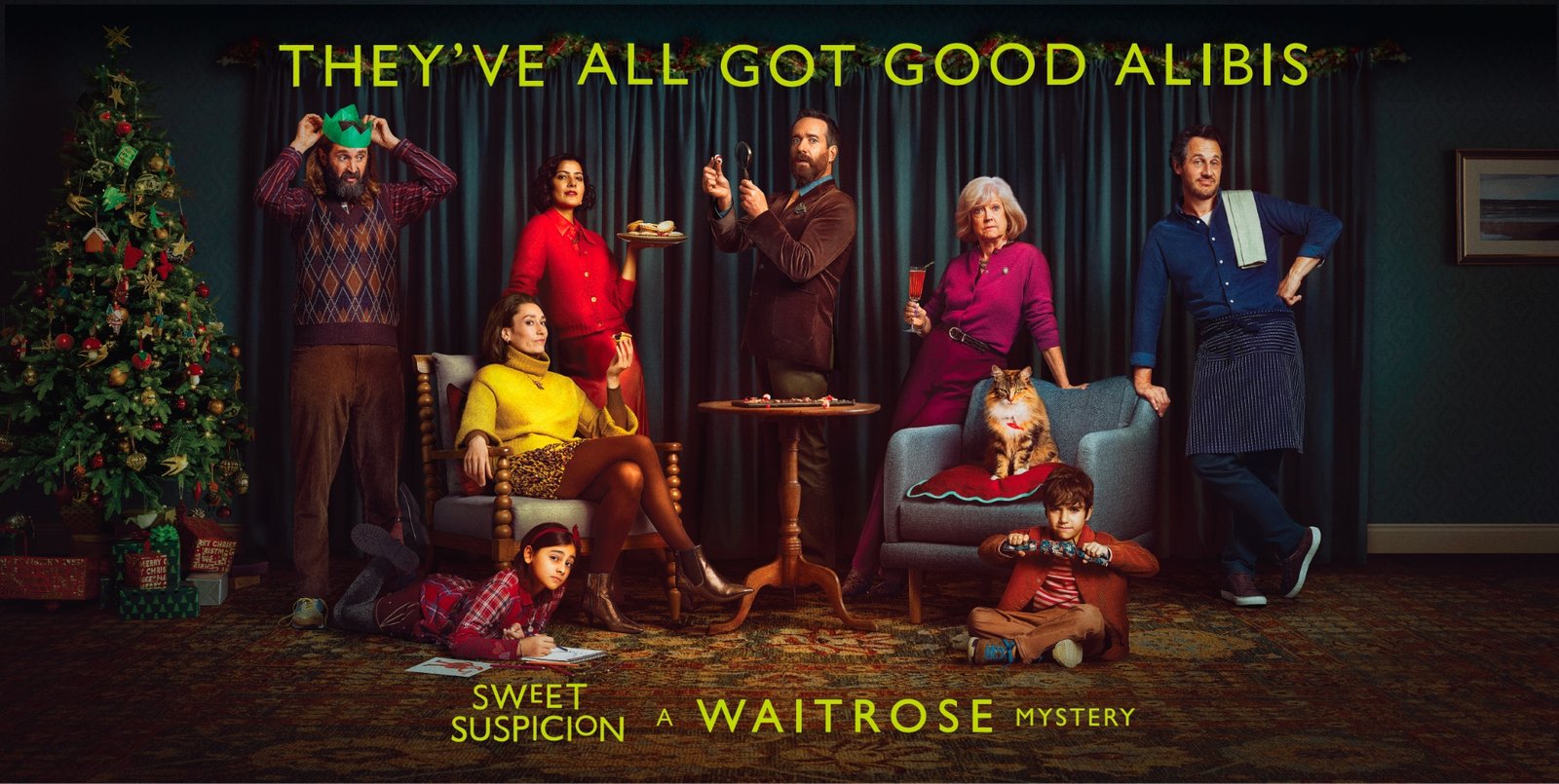


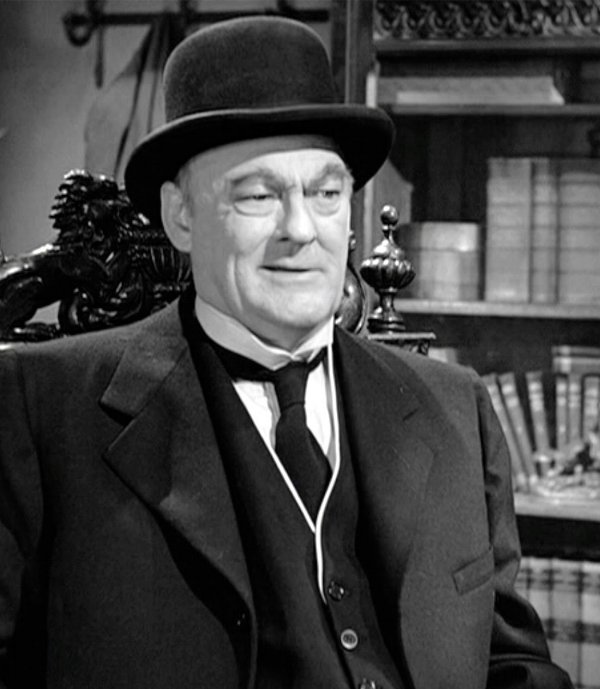

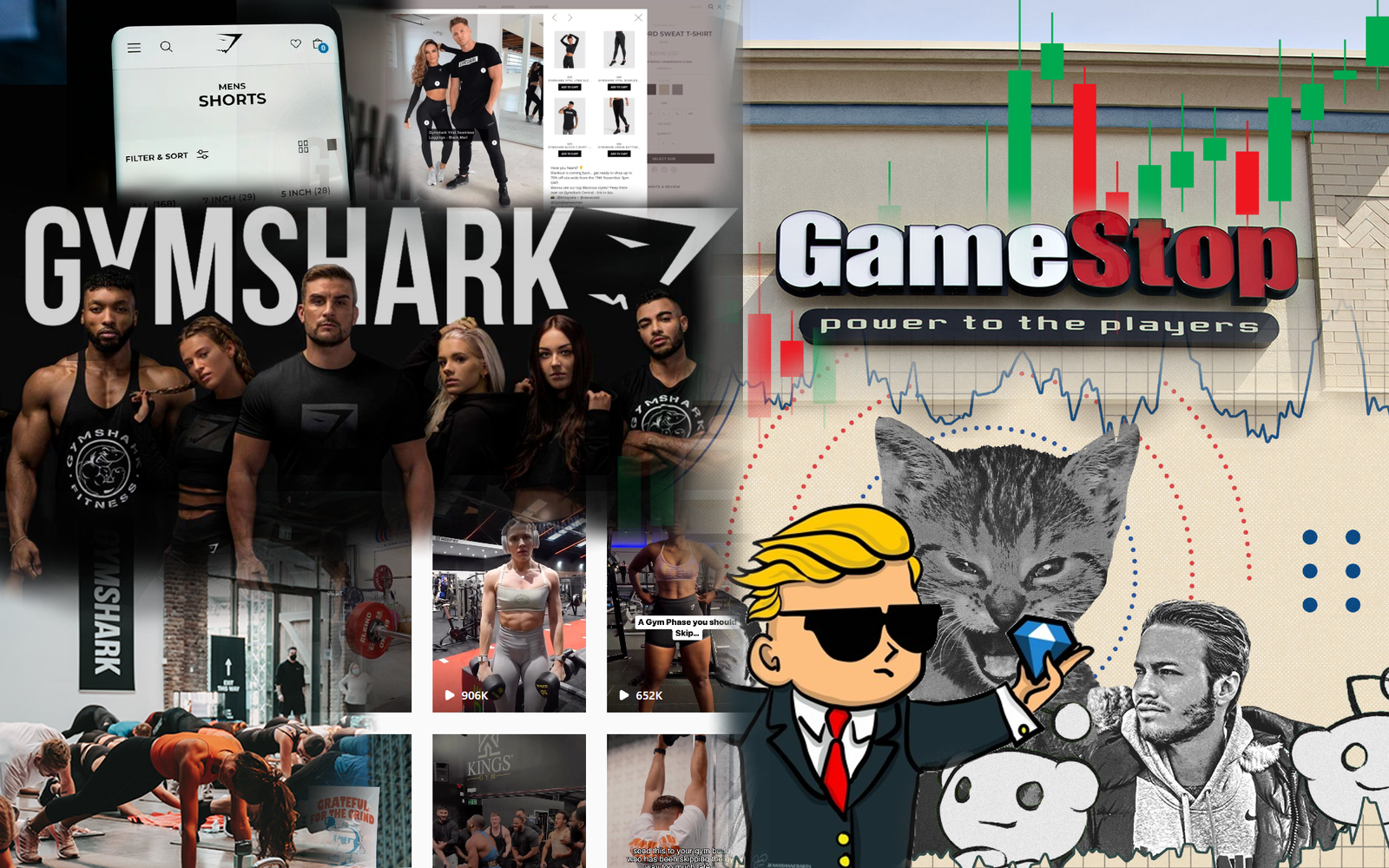


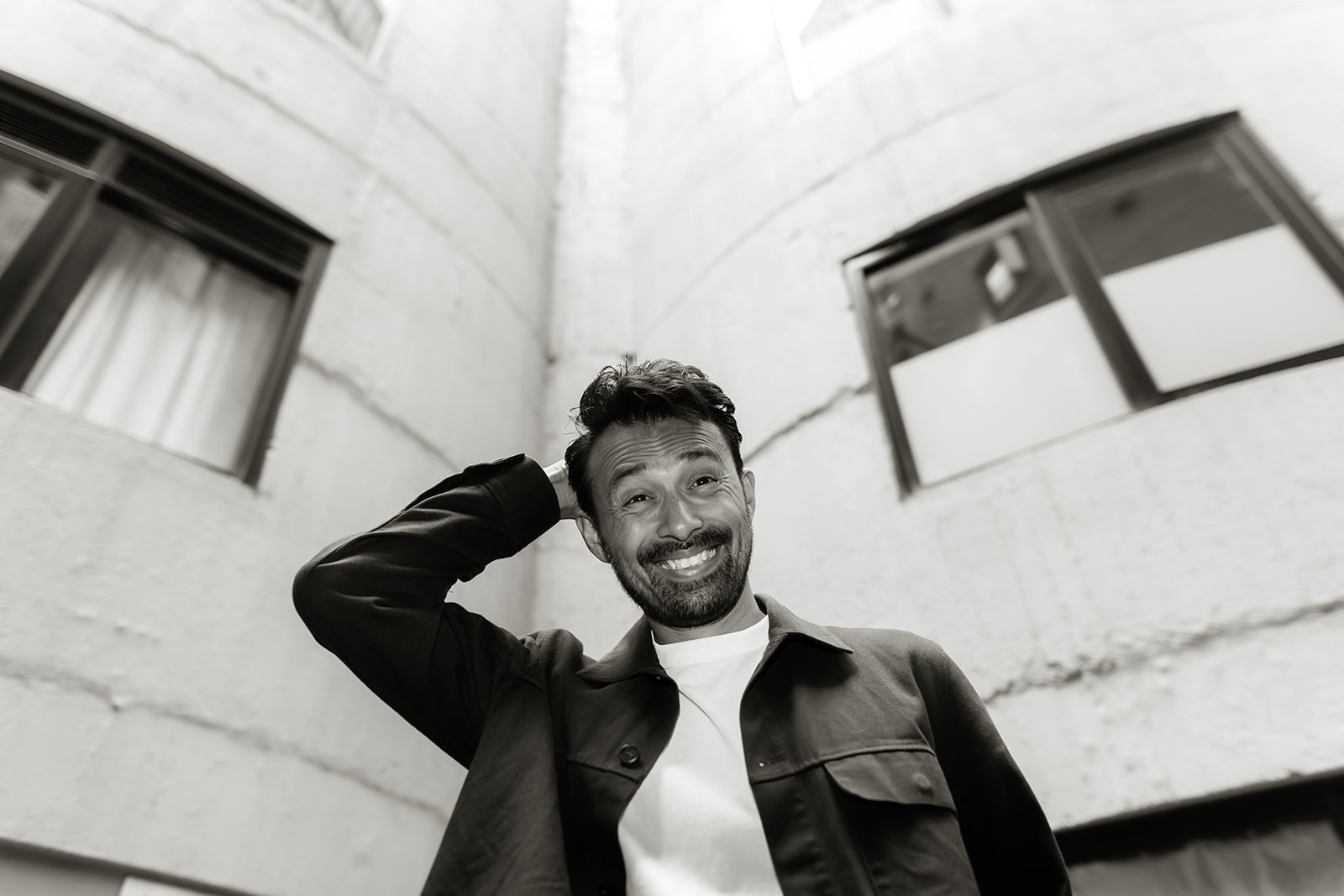
→ Danish is one of the most awarded strategists in the world, having worked on some of the most iconic brands in the last decade including Virgin Atlantic, Coca Cola, and Volvo. Danish spent his career helping to make modern, connected strategy integral to world-class effective work. A co-founder of Untangld, and a founding partner of By The Network, Danish is also a regular judge at the Effies and WARC Global Effectiveness Awards and a contributor to popular industry rags.
